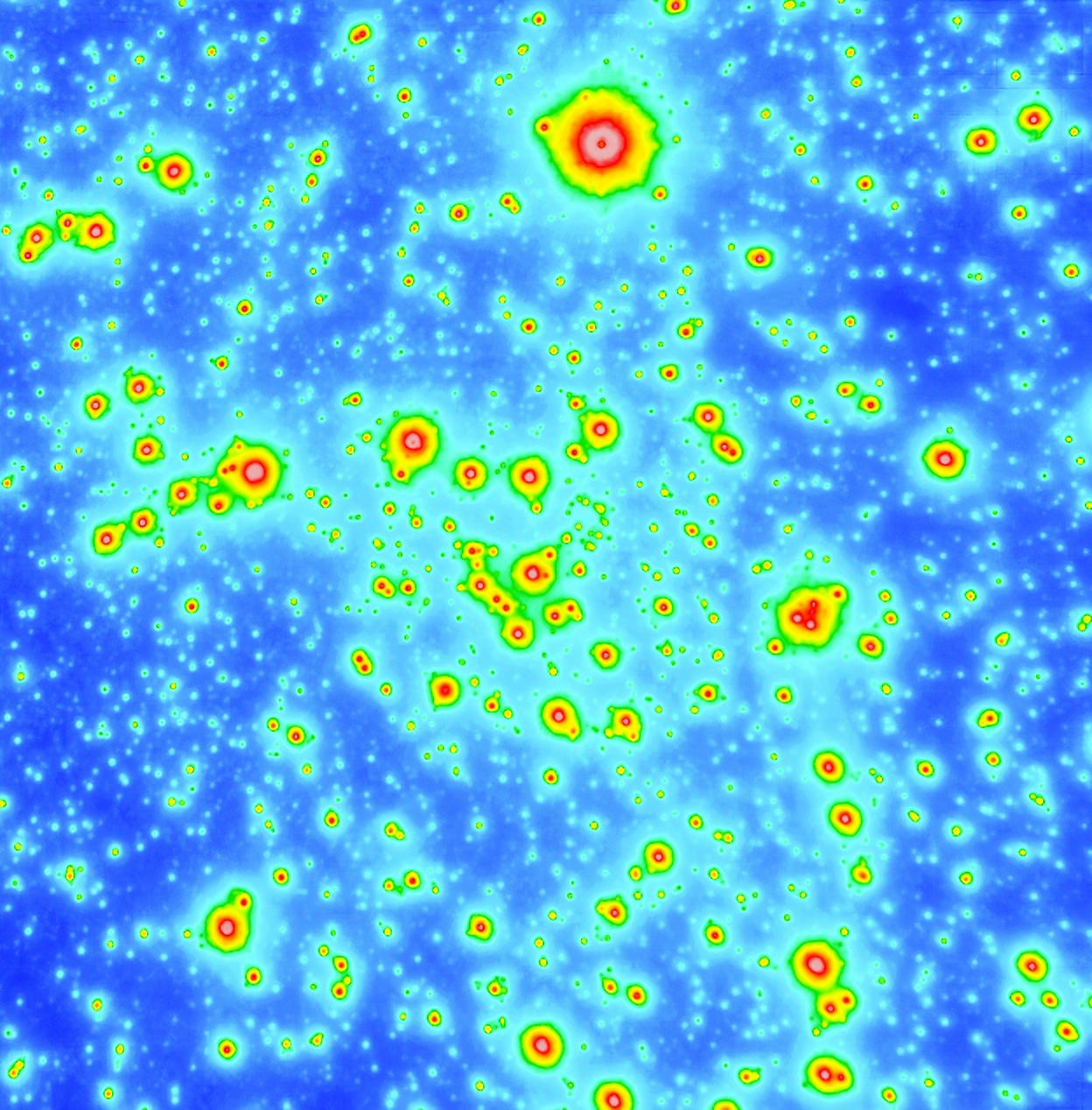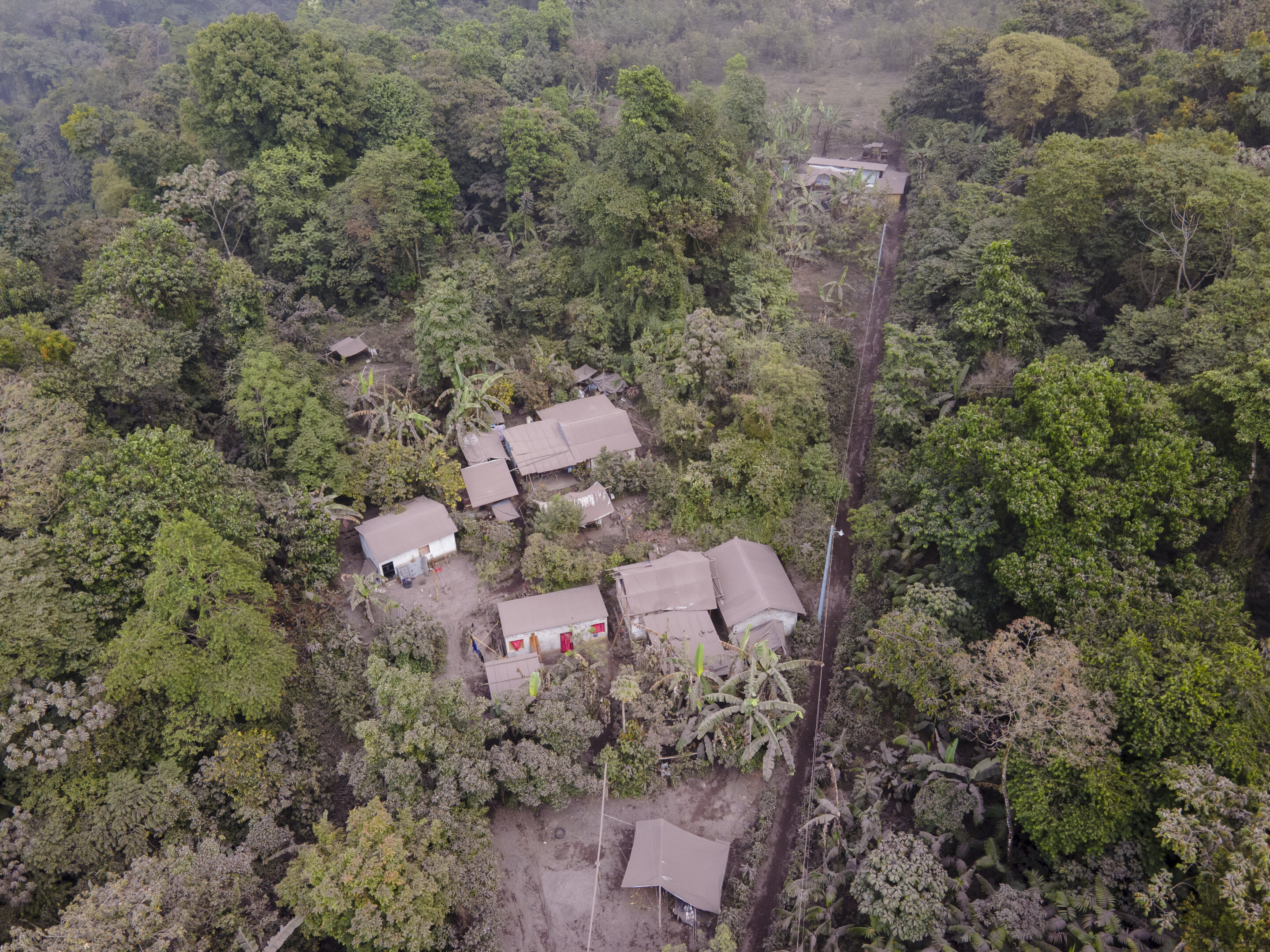
El centro galáctico a una distancia de unos 30.000 años luz. En el centro de la imagen está el agujero negro supermasivo Sgr A* (no visible). La posición de Sgr A* puede deducirse del movimiento de las estrellas. Debido a la nube de polvo y sus dimensiones alrededor de X3a, la estrella bebé tampoco es visible en esta imagen. Crédito: Florian Peissker
Un equipo de investigadores internacionales dirigido por el Dr. Florian Peißker del Instituto de Astrofísica de la Universidad de Colonia descubrió una estrella recién formada cerca del supermasivo[{” attribute=””>black hole, Sagittarius A*, located at the center of the Milky Way.
The newly discovered star, referred to as baby star X3a, is incredibly young, with an age estimated to be only several tens of thousands of years old, making it younger than the human species. The remarkable aspect of this star is its proximity to the supermassive black hole at the center of the Milky Way, as it should not theoretically be able to exist so close to the black hole.
However, the team believes that it formed in a dust cloud orbiting the giant black hole and sank to its current orbit only after it had formed. The study was recently published in The Astrophysical Journal.
The vicinity of the black hole at the center of our Galaxy is generally considered to be a region characterized by highly dynamic processes and hard X-ray and UV radiation.
Precisely these conditions act against the formation of stars like our Sun. Therefore, for a long time, scientists had assumed that over periods of billions of years, only old, evolved stars can settle by dynamical friction in the vicinity of the supermassive black hole.
However, quite surprisingly, already twenty years ago very young stars were found in the immediate vicinity of Sgr A*. It is still not clear how these stars got there or where they formed. The occurrence of very young stars very close to the supermassive black hole has been referred to as “the paradox of youth.”
The baby star X3a – which is ten times as big and fifteen times as heavy as our Sun – could now close the gap between star formation and the young stars in the immediate vicinity of Sgr A*. X3a needs special conditions to form in the immediate vicinity of the black hole.
First author Dr. Florian Peißker explained: “It turns out that there is a region at a distance of a few light years from the black hole which fulfills the conditions for star formation. This region, a ring of gas and dust, is sufficiently cold and shielded against destructive radiation.”
Low temperatures and high densities create an environment in which clouds of hundreds of solar masses can form. These clouds can in principle move very fast toward the direction of the black hole due to cloud–cloud collisions and scattering that remove the angular momentum.
In addition, very hot clumps formed in close proximity to the baby star which could then be accreted by X3a. These clumps could thus also contribute to X3a reaching such a high mass in the first place. However, these clumps are only a part of the formation history of X3a. They still do not explain its “birth.”
The scientists assume the following scenario to be possible: shielded from the gravitational influence of Sgr A* and intense radiation, a dense enough cloud could have formed in the outer gas and dust ring around the center of the Galaxy. This cloud had a mass of about one hundred suns and collapsed under its own gravity to one or more protostars.
“This so-called fall time approximately corresponds to the age of X3a,” Peißker added. Observations have shown that there are many of these clouds that can interact with each other. It is therefore likely that a cloud falls toward the black hole from time to time.
This scenario would also fit X3a’s stellar development phase, which is currently evolving into a mature star. It is therefore quite plausible that the gas and dust ring acts as the birthplace of the young stars in the center of our Galaxy.
Dr. Michal Zajaček at Masaryk University in Brno (Czech Republic), a co-author of the study, clarified: “With its high mass of about ten times the Solar mass, X3a is a giant among stars, and these giants evolve very quickly towards maturity. We have been lucky to spot the massive star in the midst of the comet-shaped circumstellar envelope. Subsequently, we identified key features associated with a young age, such as the compact circumstellar envelope rotating around it.”
Since similar dust and gas rings can be found in other galaxies, the described mechanism could apply there as well. Many galaxies can therefore host very young stars in their very centers. Planned observations with NASA’s James Webb Space Telescope or the European Southern Observatory’s Extremely Large Telescope in Chile will test this star formation model for our Galaxy as well as others.
Reference: “X3: A High-mass Young Stellar Object Close to the Supermassive Black Hole Sgr A*” by Florian Peißker, Michal Zajaček, Nadeen B. Sabha, Masato Tsuboi, Jihane Moultaka, Lucas Labadie, Andreas Eckart, Vladimír Karas, Lukas Steiniger, Matthias Subroweit, Anjana Suresh, Maria Melamed and Yann Clénet, 28 February 2023, The Astrophysical Journal.
DOI: 10.3847/1538-4357/aca977

“Creador malvado. Estudiante. Jugador apasionado. Nerd incondicional de las redes sociales. Adicto a la música”.





